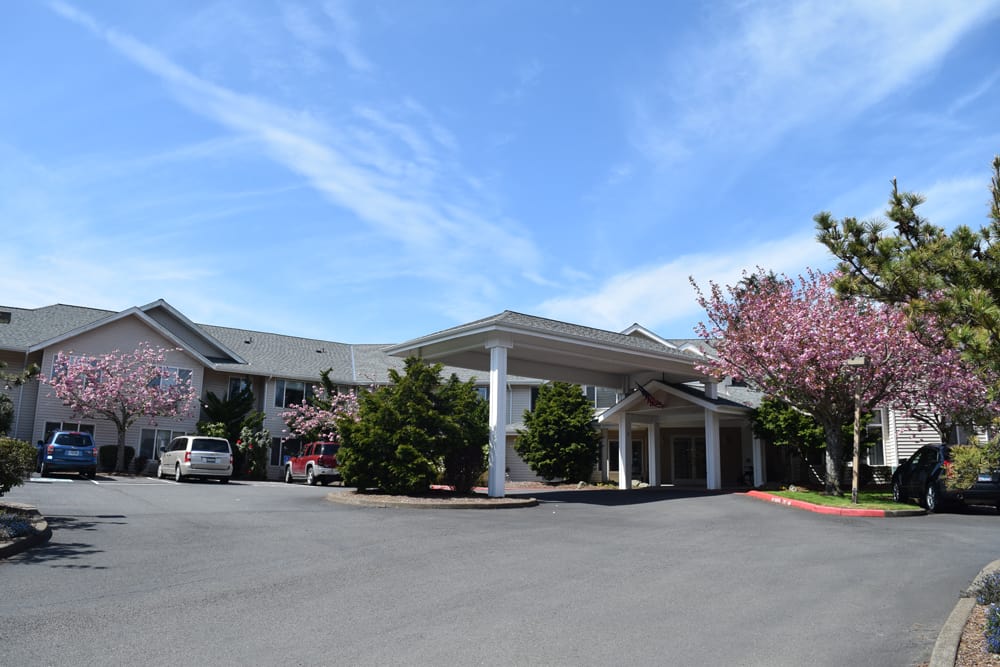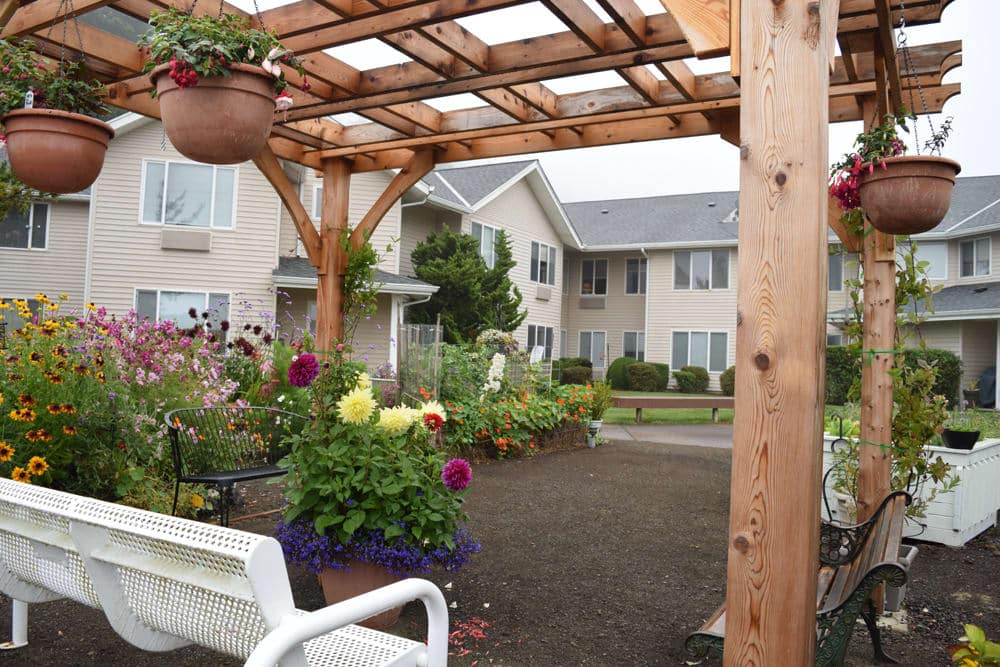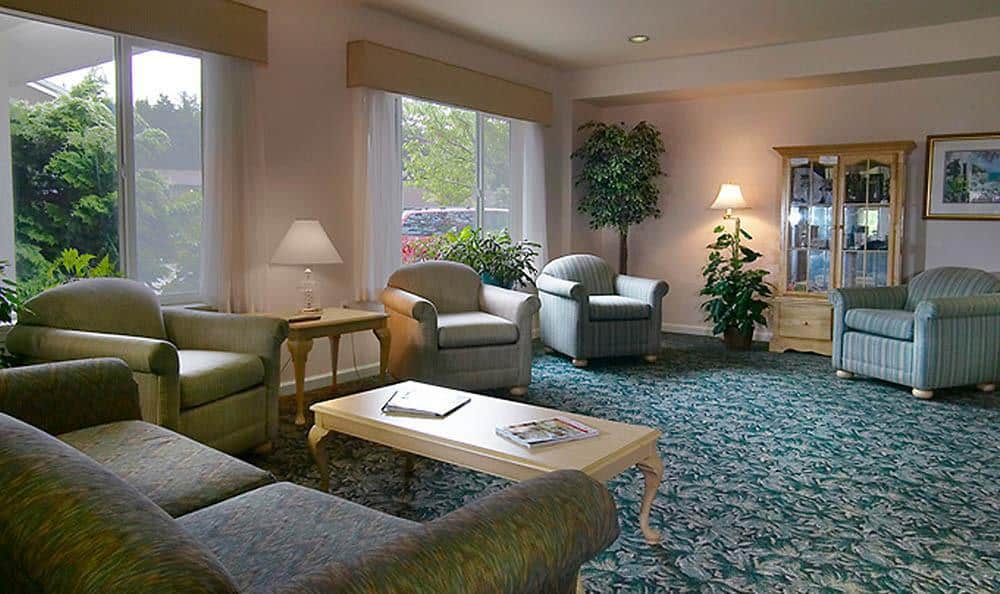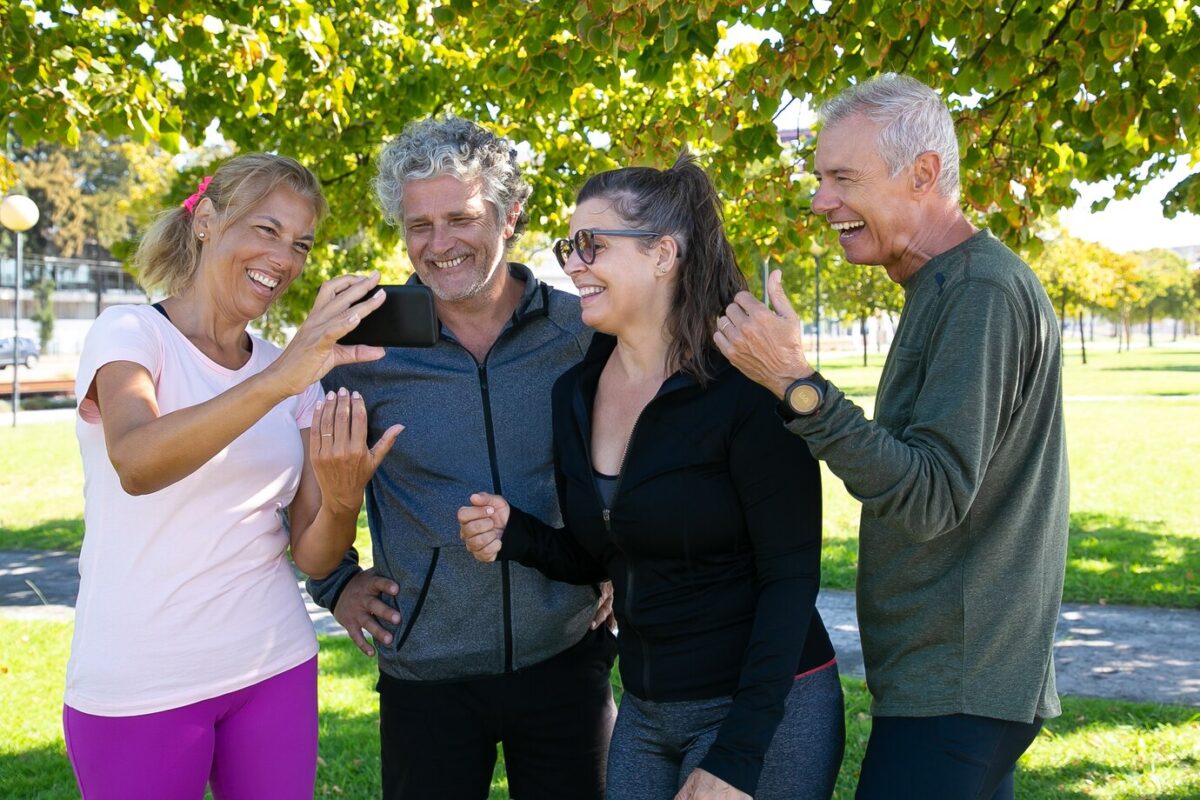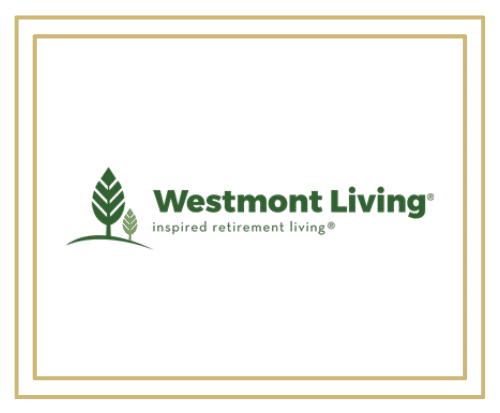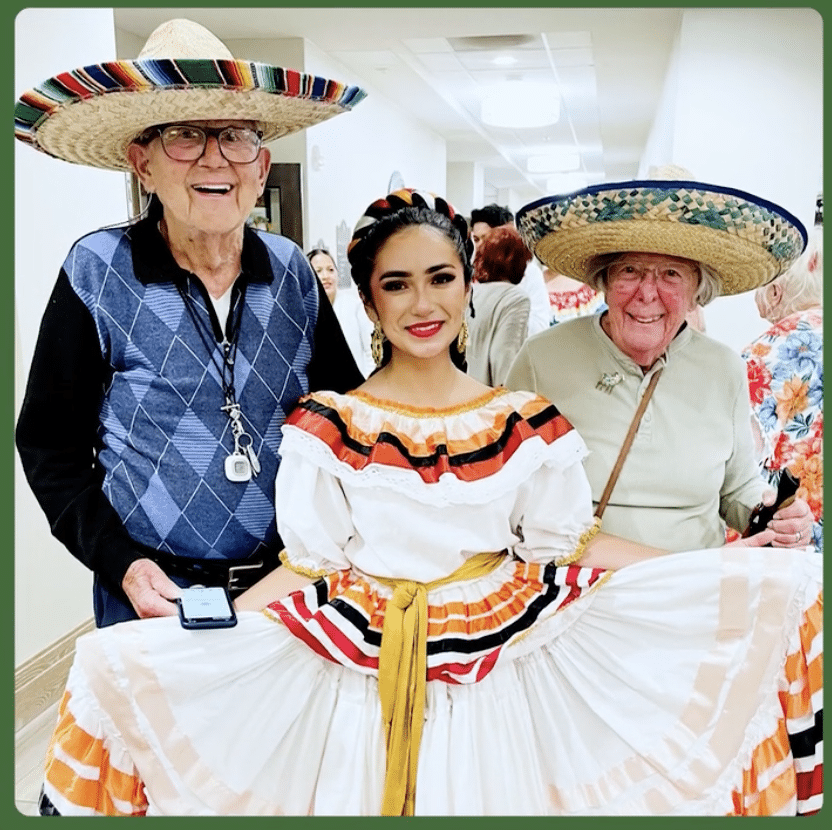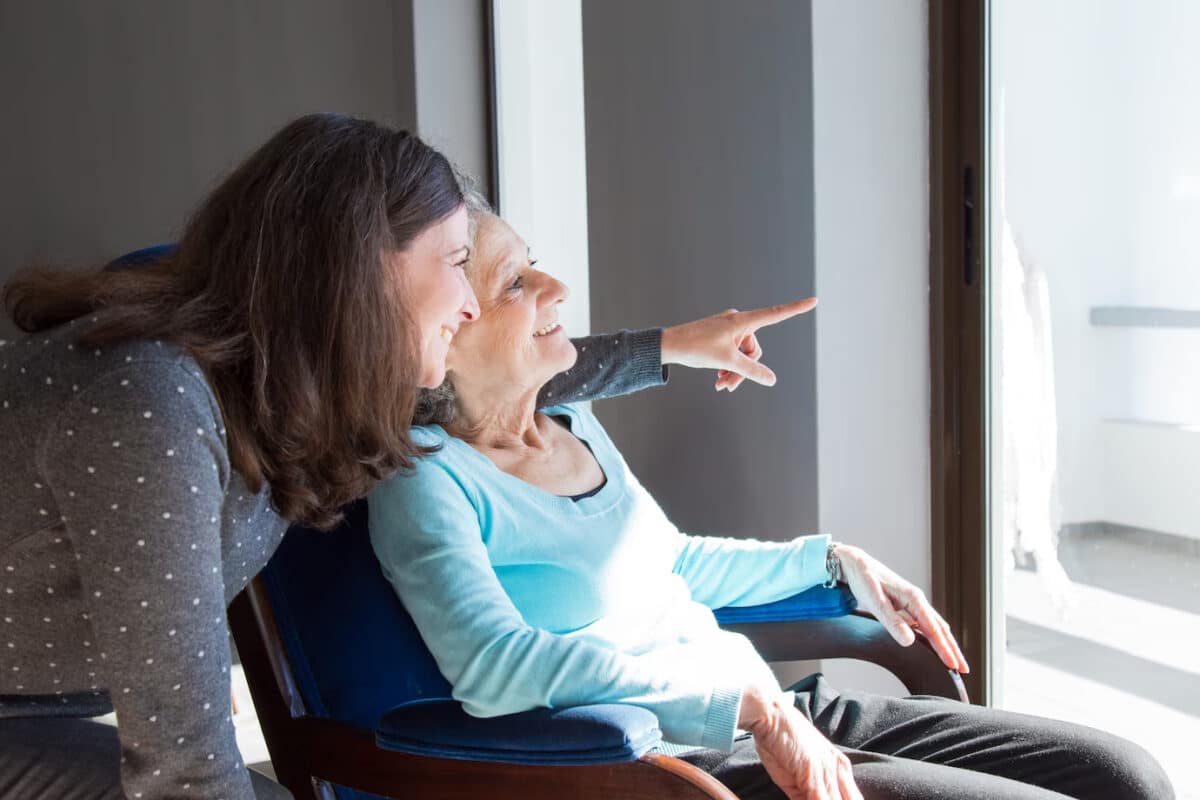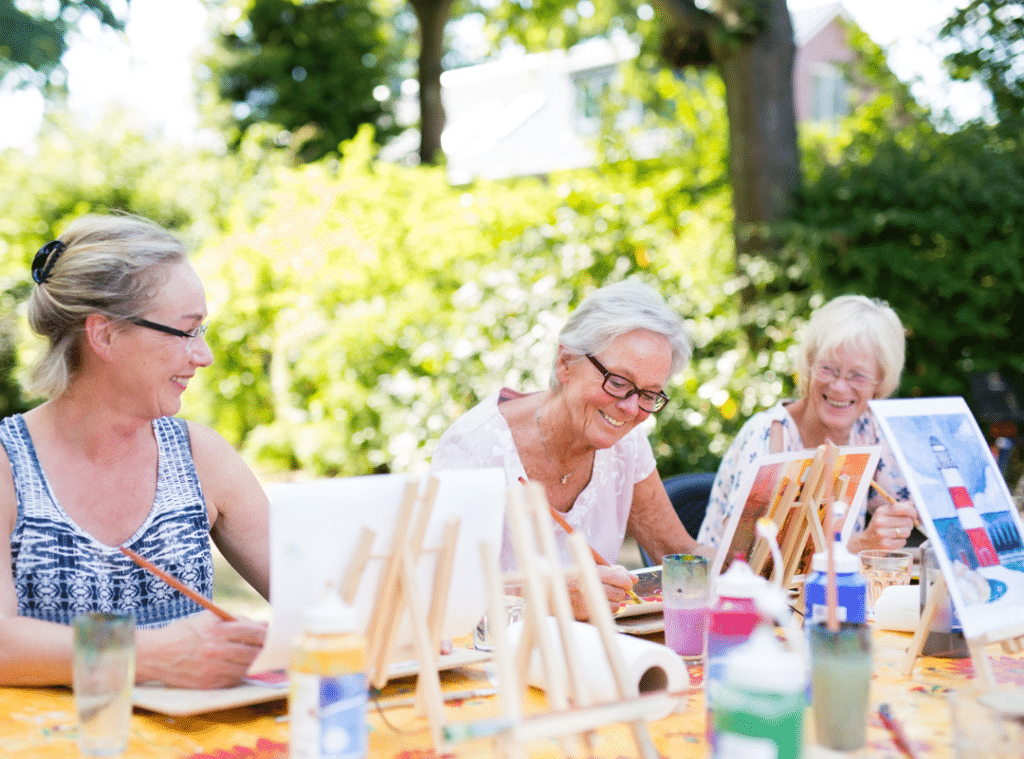Your Guide to Choosing the Best Assisted Living in Newport
Discover the Best Assisted Living Newport Options Today
Deciding where to move a loved one for assisted living can feel overwhelming, especially when balancing comfort, care, and lifestyle. In Newport, Oregon, Oceanview Senior Living offers a thoughtful blend of compassionate support and engaging daily life. The search begins with understanding what defines an excellent assisted living experience—from tailored care plans and friendly staff to wellness programs that enrich everyday moments. With increasing demand for luxury assisted living facilities, families want more than just a place to live—they want vibrant communities that feel like home.
Oceanview meets those expectations and goes beyond, offering scenic beauty and personalized services in one of the most welcoming coastal cities. Whether exploring options nearby or looking into broader assisted living Oregon solutions, your journey should start with informed choices. And with trusted guidance and the right questions, you can find the ideal setting. Let’s explore what makes Assisted Living Newport truly stand out.
Explore Assisted Living in Newport for Better Living
When looking at assisted living Newport communities, it’s helpful to focus on how each facility enhances daily life. Many blend modern care with hospitality-inspired living, creating welcoming and secure spaces. Oceanview Senior Living, for instance, emphasizes tailored care programs and encourages independence while offering support when needed. Families often seek out communities that use technology for safety, like 24/7 response systems, ensuring peace of mind. With social programs, resident clubs, and engaging activities built into daily routines, residents’ emotional and mental well-being is a top priority. As you consider different adult communities in Oregon, think about how each facility integrates connection and care, because it’s not just about living, it’s about thriving.
What to Look for in Luxury Assisted Living Facilities
Choosing the right facility is more than medical care—it’s about quality of life. At Oceanview, residents enjoy beautifully designed living spaces, restaurant-style dining, and access to local attractions. The rise of luxury assisted living facilities means seniors experience elegance without sacrificing care. Everything from spa services to cultural excursions is designed to keep residents engaged. Comfort blends with convenience through thoughtful amenities like landscaped gardens, wellness classes, and spacious rooms. A luxury assisted living facility can provide the perfect solution when you’re seeking a home that balances independence and support.
Why Location Matters in Assisted Living Oregon
Location plays a crucial role when exploring options for assisted living in Oregon. Coastal communities like Newport offer picturesque views and a sense of tranquility that supports well-being. Easy access to healthcare providers, shopping, and cultural venues adds appeal. Oceanview’s proximity to essential services and the peaceful oceanfront make it a standout among retirement villages in Oregon. With walking trails and nearby parks, residents enjoy active lifestyles while staying connected to nature. A well-located facility strengthens those ties even more if a family lives nearby or enjoys visiting often.
Personalized Care and Certified Staff Set the Standard
A vital factor in evaluating any community is the level of care provided. Oceanview employs skilled professionals with continuous training and certifications to stay updated with senior care standards. Their attention to detail and warm approach create a nurturing environment that gives families confidence. This commitment ensures that as residents’ needs change, the support evolves. It’s one reason Oceanview remains a top choice for those seeking assisted living Newport options.
Engaging Amenities in Adult Communities in Oregon
One of the best aspects of adult communities in Oregon is the variety of activities and amenities available. Oceanview offers art classes, wellness workshops, fitness sessions, and movie nights, encouraging creativity and connection. These daily experiences provide purpose and joy, helping residents stay mentally and physically active. With communal spaces like lounges, libraries, and gardens, there’s always a place to relax or socialize. When looking at adult communities, remember: the right amenities can transform assisted living into a truly enriching experience.
Smart Financial Planning for Assisted Living
Understanding the costs associated with assisted living is essential. Oceanview helps families navigate financing, providing transparency around monthly fees, what’s included, and any potential extras. This guides insurance coverage and state programs that can assist with budgeting. With resources like these financial planning tips, families can confidently plan. While luxury assisted living facilities may have higher rates, the enhanced lifestyle and peace of mind are often well worth the investment.
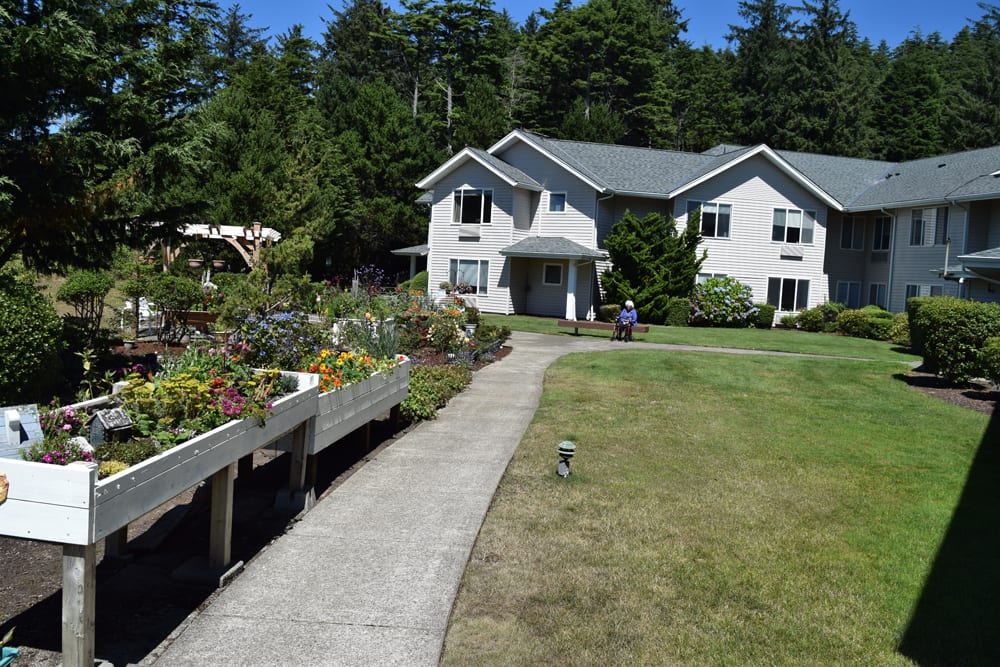
Visit Oceanview Senior Living in Newport
Visiting in person is one of the best ways to determine if a facility feels like home. Schedule a tour at Oceanview to meet staff, observe activities, and speak with current residents. During your visit, note the atmosphere, cleanliness, and resident interactions. These details speak volumes about what daily life is truly like. As a leader in assisted living in Newport, Oceanview provides a warm, supportive community where seniors flourish and families feel reassured.
For personalized support and more information about Oceanview Senior Living, call us at 541-574-0550 or visit our website. Discover how assisted living in Newport can offer your loved one the comfort, care, and vibrant lifestyle they deserve.
Frequently Asked Questions
How do you pay for assisted living when you have no money?
If you or your loved one cannot afford assisted living, there are several options to explore. Medicaid may cover some assisted living costs depending on the state and eligibility. Veterans may also qualify for Aid and Attendance benefits. Additionally, some communities offer financial assistance or sliding-scale fees based on income.
What is the going rate for assisted living?
The cost of assisted living varies by location, level of care needed, and amenities offered. The average monthly fee in the U.S. ranges from $3,500 to $5,500. Urban areas and communities with more services tend to cost more. Getting quotes directly from local communities is best to understand pricing and what’s included.
What is one of the biggest drawbacks of assisted living?
One of the main drawbacks is the adjustment period, which can be emotionally challenging for some seniors. Leaving home and adapting to a new environment with unfamiliar routines can take time. Some individuals may also feel a loss of independence at first. However, many residents eventually find comfort in the support and social opportunities offered.



